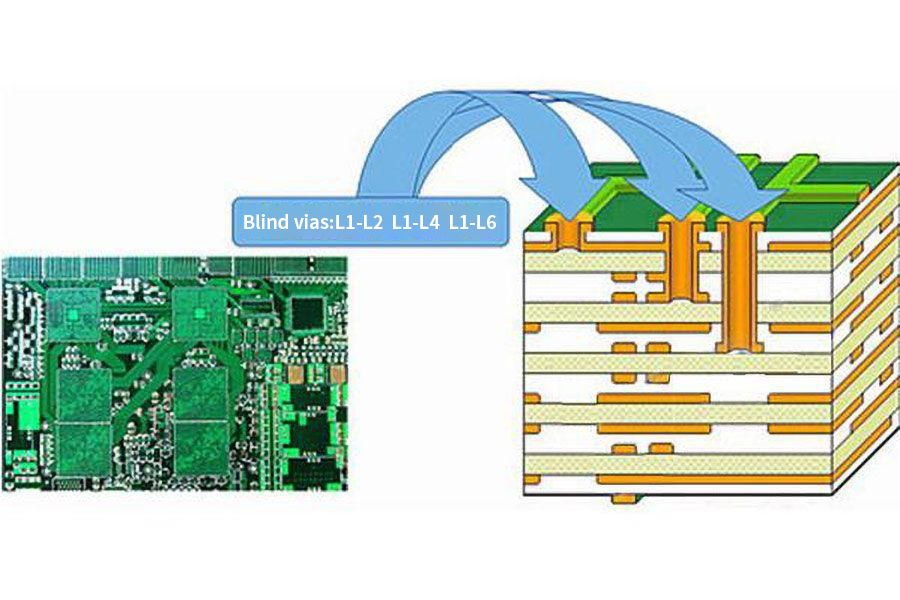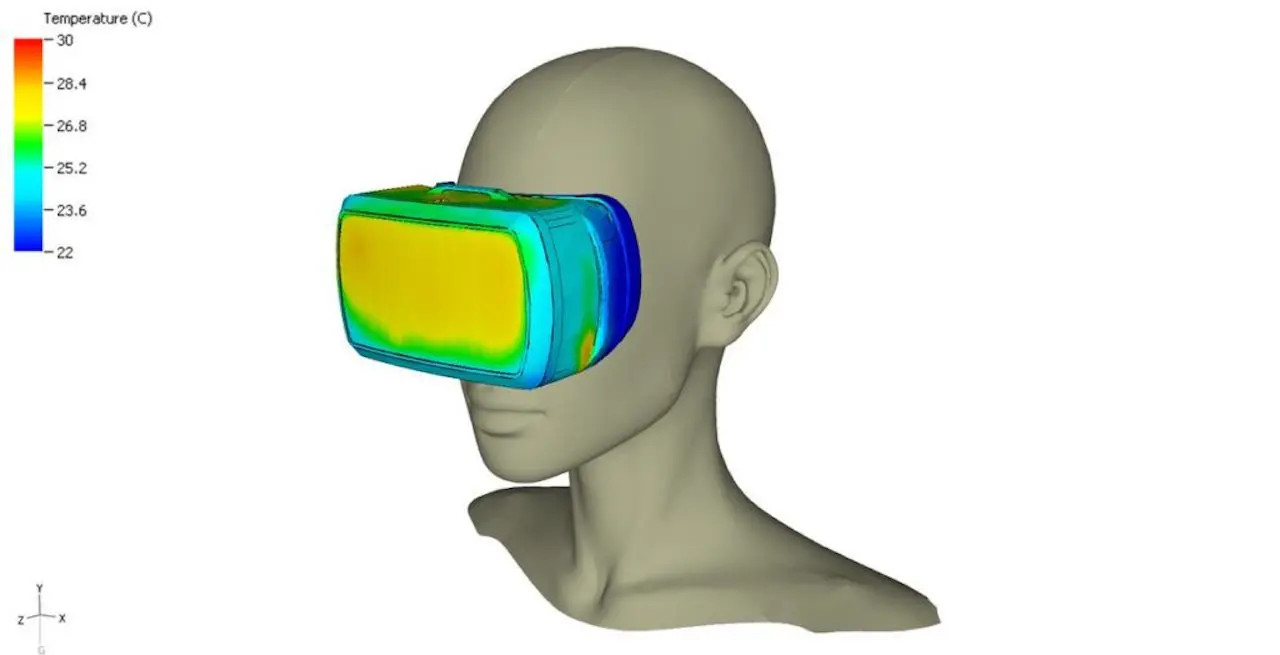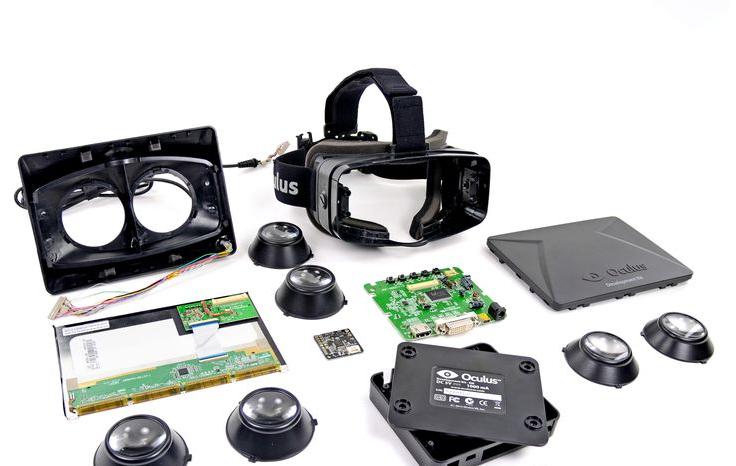Virtual Reality (VR) headsets are rapidly evolving, and at the heart of this transformation lies Printed Circuit Board (PCB) technology. If you're searching for insights on VR headset PCB future, advanced PCB VR, or next-gen PCB VR, you're in the right place. This blog dives into the cutting-edge trends shaping PCB design for VR headsets, offering a glimpse into innovative solutions and advancements expected to dominate the industry by 2025 and beyond. From high-density designs to improved thermal management, we'll explore how PCB technology trends VR are pushing the boundaries of immersive experiences.
At ALLPCB, we understand the critical role PCBs play in powering the next generation of VR devices. Let’s unpack the future of innovative PCB design VR with detailed insights and practical information for engineers and tech enthusiasts.
The Importance of PCB Technology in VR Headsets
PCBs are the backbone of any electronic device, and in VR headsets, they are even more crucial due to the complex demands of high-performance computing, real-time rendering, and compact design. These devices require PCBs to manage high-speed data transfer, power efficiency, and signal integrity while fitting into increasingly smaller and lighter form factors. As VR technology advances, so must the PCBs that support it, driving innovations in materials, layouts, and manufacturing techniques.
In the coming years, the focus on advanced PCB VR designs will intensify to meet user expectations for seamless, immersive experiences. Let’s explore the key trends that will define the VR headset PCB future.
Trend 1: High-Density Interconnect (HDI) PCBs for Compact Designs
One of the most significant challenges in VR headset design is fitting powerful hardware into a lightweight, wearable device. High-Density Interconnect (HDI) PCBs are becoming the go-to solution for this. HDI technology allows for more components to be packed into a smaller space by using microvias and finer trace widths, often below 100 micrometers. This results in multi-layered boards that can handle the complex circuitry required for VR systems, including GPUs, sensors, and displays.
For instance, a typical VR headset may require processing speeds of up to 5 GHz for rendering high-resolution graphics at 120 frames per second. HDI PCBs ensure that signal integrity is maintained at these speeds by minimizing crosstalk and impedance mismatches, often keeping impedance values within a tight range of 50 to 100 ohms. This trend in next-gen PCB VR design will continue to grow as manufacturers aim for slimmer, more ergonomic headsets without sacrificing performance.

Trend 2: Advanced Materials for Better Thermal Management
VR headsets generate significant heat due to the intense computational workload of rendering 3D environments in real time. Overheating can degrade performance and cause discomfort for users. To combat this, PCB technology trends VR are shifting toward advanced materials like high-thermal-conductivity substrates and metal-core PCBs. These materials dissipate heat more effectively, ensuring the device remains cool during extended use.
For example, copper-clad laminates with thermal conductivity ratings of 1.5 W/mK or higher are increasingly used in VR headset PCBs to transfer heat away from critical components. Additionally, some designs incorporate embedded heat sinks or thermal vias to further enhance cooling. As VR applications become more demanding, the adoption of such materials in innovative PCB design VR will be essential for maintaining user comfort and device longevity. ."
."
Trend 3: Flexible and Rigid-Flex PCBs for Ergonomic Designs
Traditional rigid PCBs are often too bulky for the curved, ergonomic shapes of modern VR headsets. This is where flexible and rigid-flex PCBs come into play. These boards can bend and conform to the headset’s unique contours, reducing weight and improving space efficiency. Flexible PCBs also allow for better integration of components like eye-tracking sensors and adjustable head straps, which are critical for user comfort.
In terms of technical specs, flexible PCBs used in VR often feature polyimide substrates with a dielectric constant around 3.5, ensuring reliable signal transmission even when bent. The trend toward flexible and rigid-flex designs in the VR headset PCB future will enable manufacturers to create more comfortable and visually appealing headsets, aligning with consumer demand for wearable tech that feels natural.
Trend 4: Signal Integrity and High-Speed Data Transmission
VR headsets rely on ultra-fast data transfer to deliver lag-free experiences, especially for high-resolution displays with refresh rates of 90 Hz or higher. Ensuring signal integrity at these speeds is a top priority for next-gen PCB VR designs. PCBs must minimize signal loss and electromagnetic interference (EMI) to maintain smooth communication between components like processors, memory, and displays.
Advanced PCB designs now incorporate differential pair routing and controlled impedance traces, often targeting values around 90 ohms for high-speed signals. Additionally, the use of low-loss dielectric materials with a dissipation factor below 0.005 helps reduce signal degradation. As VR moves toward 8K resolutions per eye and beyond, innovations in signal integrity will remain a cornerstone of PCB technology trends VR.

Trend 5: Integration of AI and IoT in PCB Designs
The future of VR isn’t just about better graphics—it’s also about smarter interactions. Artificial Intelligence (AI) and Internet of Things (IoT) capabilities are being integrated directly into VR headsets, requiring PCBs to support additional microcontrollers and connectivity modules. For example, AI-driven eye-tracking and gesture recognition systems demand low-latency processing, while IoT features enable headsets to connect with other smart devices for a more integrated user experience.
PCBs for these applications often include dedicated power management circuits to handle the varying demands of AI chips, which may consume between 1W to 5W depending on workload. This trend in advanced PCB VR design highlights the need for modular layouts that can accommodate future upgrades, ensuring headsets remain relevant as technology evolves.
Trend 6: Sustainability and Eco-Friendly PCB Manufacturing
As environmental concerns grow, the electronics industry, including VR headset manufacturing, is moving toward sustainable practices. This includes the use of eco-friendly materials in PCBs, such as halogen-free laminates and lead-free soldering processes. Additionally, manufacturers are exploring ways to reduce waste during PCB production by optimizing layouts for minimal material usage.
For instance, some companies are adopting biodegradable substrates with similar dielectric properties to traditional materials, maintaining performance while reducing environmental impact. This shift toward green technology is a key part of the VR headset PCB future, reflecting a broader industry commitment to sustainability in innovative PCB design VR.
Trend 7: Miniaturization and 3D PCB Printing
Miniaturization continues to be a driving force in VR headset design, and 3D PCB printing is emerging as a game-changer. This technology allows for the creation of complex, multi-dimensional circuits that traditional 2D manufacturing can’t achieve. By stacking components in three dimensions, 3D-printed PCBs can save space and reduce the overall footprint of the headset’s internal hardware.
While still in its early stages, 3D PCB printing can produce traces as fine as 50 micrometers, rivaling traditional methods in precision. As this technology matures, it will play a significant role in next-gen PCB VR designs, enabling unprecedented levels of compactness and customization.
Challenges in Developing Future VR Headset PCBs
While the trends in PCB technology trends VR are exciting, they come with challenges. Balancing performance with cost is a major hurdle, as advanced materials and manufacturing techniques often increase production expenses. Additionally, ensuring compatibility between new PCB designs and existing VR hardware requires careful planning to avoid obsolescence.
Thermal management remains a persistent issue, as even advanced materials struggle to keep up with the heat generated by next-generation processors. Engineers must also address the durability of flexible PCBs, which can wear out faster under repeated stress compared to rigid boards. Overcoming these obstacles will be crucial for realizing the full potential of advanced PCB VR innovations.
How ALLPCB Supports the Future of VR Headset PCBs
At ALLPCB, we’re committed to helping engineers and manufacturers stay ahead of the curve in VR technology. Our state-of-the-art PCB fabrication services cater to the unique demands of VR headset design, from HDI and flexible boards to eco-friendly manufacturing options. We provide precision-engineered solutions that meet the stringent requirements of high-speed signal transmission and thermal management, ensuring your VR projects achieve optimal performance.
Whether you’re exploring innovative PCB design VR or scaling up production for a new headset, our team offers tailored support to bring your ideas to life. With a focus on quality and innovation, we’re here to power the next wave of immersive technology.
Conclusion: Shaping the VR Headset PCB Future
The landscape of VR headset technology is evolving at a remarkable pace, and PCBs are at the forefront of this transformation. From HDI and flexible designs to advanced materials and sustainable practices, the trends in VR headset PCB future promise to deliver more powerful, compact, and user-friendly devices. As we look toward 2025 and beyond, staying informed about PCB technology trends VR will be essential for engineers and manufacturers aiming to create cutting-edge VR experiences.
By embracing next-gen PCB VR innovations, the industry can overcome current challenges and unlock new possibilities for immersive technology. At ALLPCB, we’re excited to be part of this journey, providing the tools and expertise needed to build the future of VR. Keep exploring, innovating, and pushing the boundaries of what’s possible with advanced PCB VR solutions.
 ALLPCB
ALLPCB







